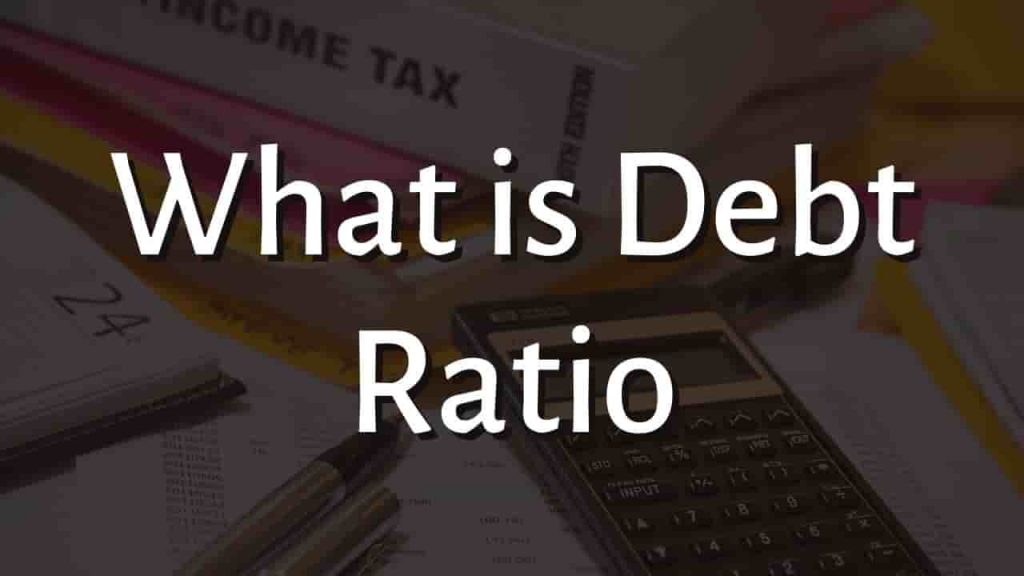Present Value
The present value (PV) measures a sum of money – or a stream of cash flows – that is expected in the future. Because time impacts value, this value will differ from the nominal value of the cash flows.
Time signifies separation from money, and separation causes risk, which counters value. Risk is compensated for in investing by interest or returns to investors.
The present value of a sum of money in the future is its present value. If the appropriate interest rate is 10%, the present value of $100 spent or earned one year from today is $100 divided by 1.10, or approximately $91.
This straightforward example demonstrates the general principle that the present value of a future amount is less than the actual future amount. If the proper interest rate is merely 4%, the present value of $100 spent or earned a year from now is $100 divided by 1.04, or around $96.
This demonstrates that the lower the interest rate, the greater the present value.
How to Calculate Present Value
The PV formula measures an asset’s future value to what it would be worth now. Calculating present value entails examining an assumed yearly rate of return (either inflation or predicted interest generated from an investment).
This element of the formula is also known as the “discount rate,” or the rate at which time affects value, where the present value with discount rate formula would provide the forgone rate of return if you accepted a quantity of money in the future vs now.
The number of payment intervals and the future value are further factors in the present value formula or in other words the projected amount of money in the future.
Present Value Formula
Present Value Formula= Future Value/(1 + rate of return)number of payment periods
Present Value Example
Assume you made an investment in a firm a few years ago. Senior corporate executives want to pay you back $120,000 in a year, or you can obtain the money immediately for $100,000.
If you had $100,000 right now, you could invest it at a 5% rate of return for the following year. You may use the present value calculation to find the best option:
PV = $120,000 / (1+0.05)1
PV = $114,285.71
This indicates that $120,000 one year from now is worth $114,285.71 today, thus you should decline the $100,000 offer because it is less than the PV of your investment.
In other words, you’d have to be able to predict a return of more than 5% to accept $100,000 now instead of $120,000 in a year.
How Present Value is Used
The notion of present value is crucial in many financial applications, such as valuing pension liabilities, deciding whether to invest in fixed assets and deciding whether to buy one form of investment over another.
In the latter situation, present value serves as a common denominator for comparing various sorts of investments. The idea of present value is especially significant in hyperinflationary economies when the value of money is falling so fast that future cash flows have little or no worth at all.
This impact is clarified by the use of present value.
Advantages of Present Value
Using present value is a fast technique to determine the worth of an investment today. Using a calculator or Excel, investors may quickly determine if putting money in a given item today is worthwhile, assuming a stable rate of return.
In other words, analyzing future quantities of money in the present is an excellent approach to compare investment options.
Disadvantages of Present Value
Calculating PV assumes you can earn an expected rate of return over a set time period. As a result, the present value might be deceiving.
Assume you decide to invest in a firm, and the rate of return varies year after year owing to industry volatility.
In this instance, calculating the present value is more difficult since you may not be able to estimate a reasonable rate of return.
Remember that a return on your investment is not guaranteed, and inflation might reduce the rate of return on investment.
What is Present Value of an Annuity?
The present value of an annuity is the monetary value of all future annuity payments. It’s critical to consider the time value of money when determining the present value of an annuity since it takes inflation into account. The discount rate on your annuity also has a significant influence on its present value.
Present Value of an Annuity Formula
Present value of an annuity formula is as follow:
P = PMT x [1 – [ (1 ÷ 1+r)n] ÷ r]
where:
- P = Your annuity stream’s present value.
- PMT = Each payment’s dollar amount.
- r = Interest or discount rate
- n = The number of payments that will be made in a certain time.
Present Value Vs Future Value
Whereas present value considers what a future sum of money is worth now, future value considers the value of a current asset at a future date based on an estimated rate of return.
The future value formula also presumes a constant rate of return (in addition to a single amount invested only at the beginning).
Future value allows investors to forecast the future value of various investments, whereas present value considers how much money you need today to earn a certain amount of money in the future.
For more click here and if you are looking for full forms of different acronyms and words then check out this list you really gonna find this helpful. We also have an Essay on every topic, Check the complete list here. If you are Studying in Matric Free Video Lectures of Maths, Physics and English are here, and we have got you covered for I.COM Business Maths also.







